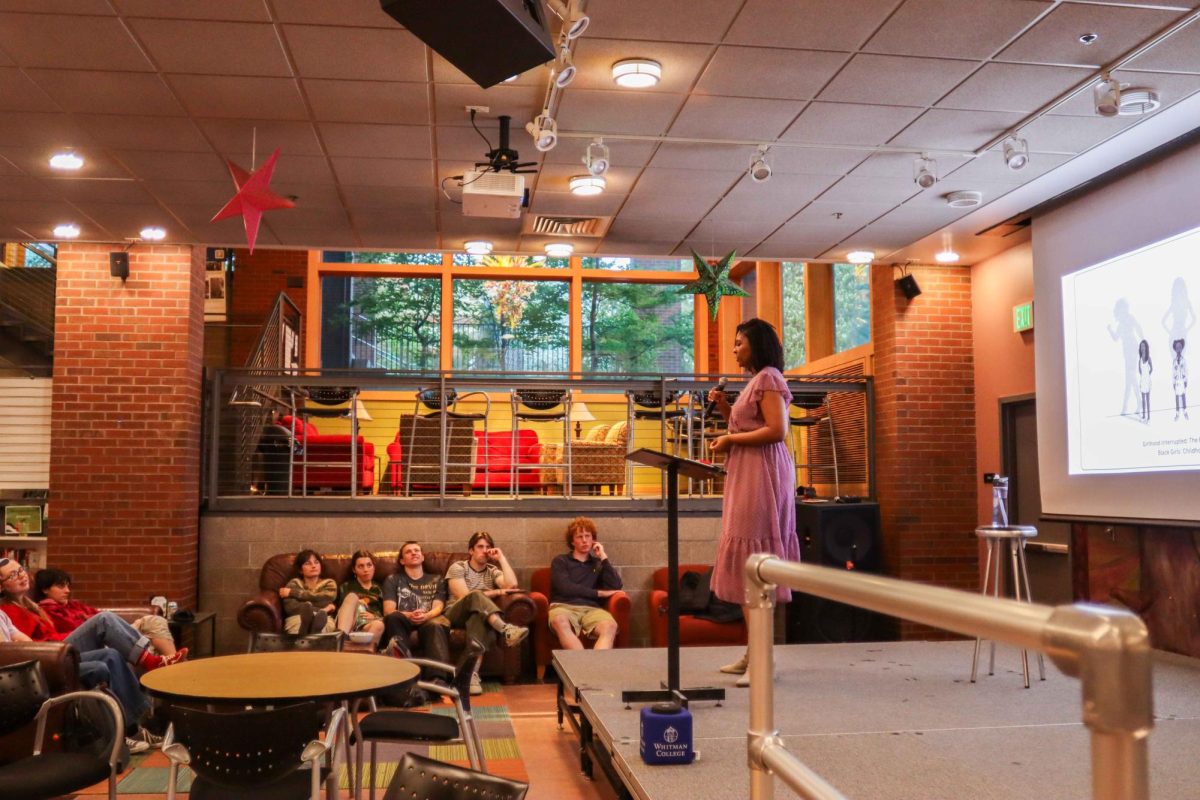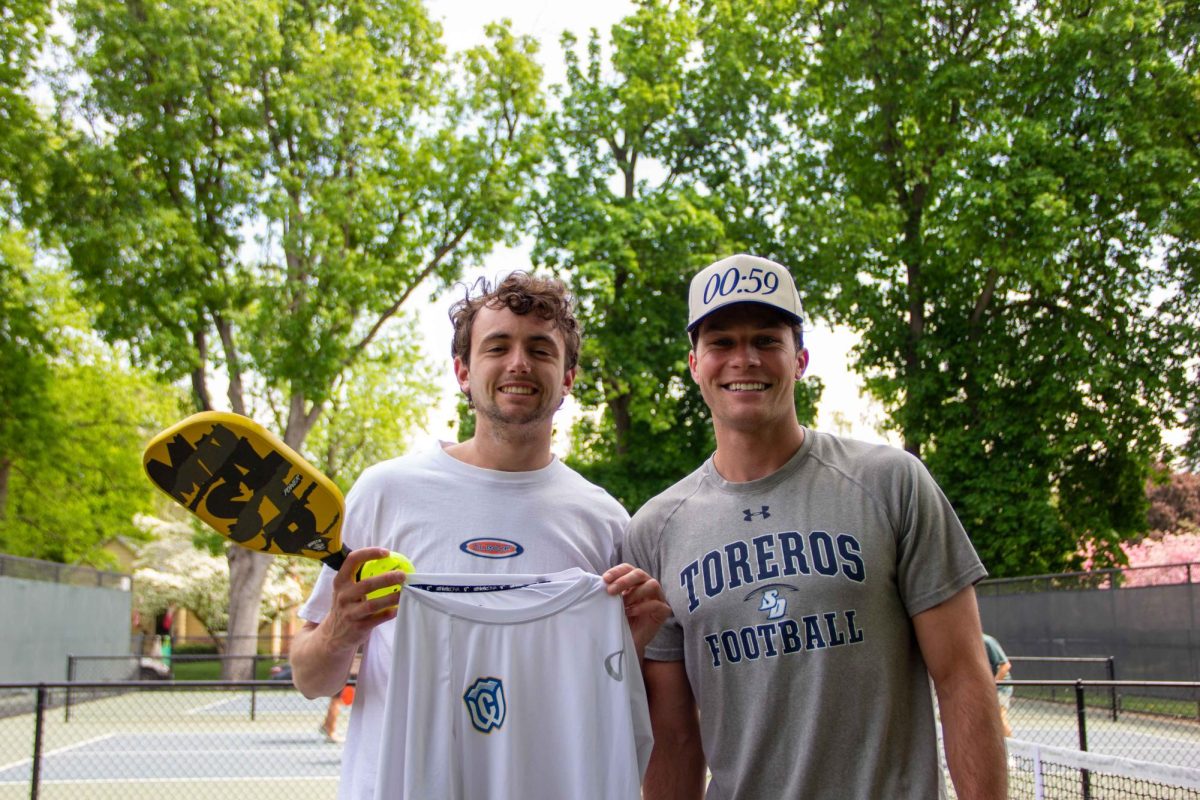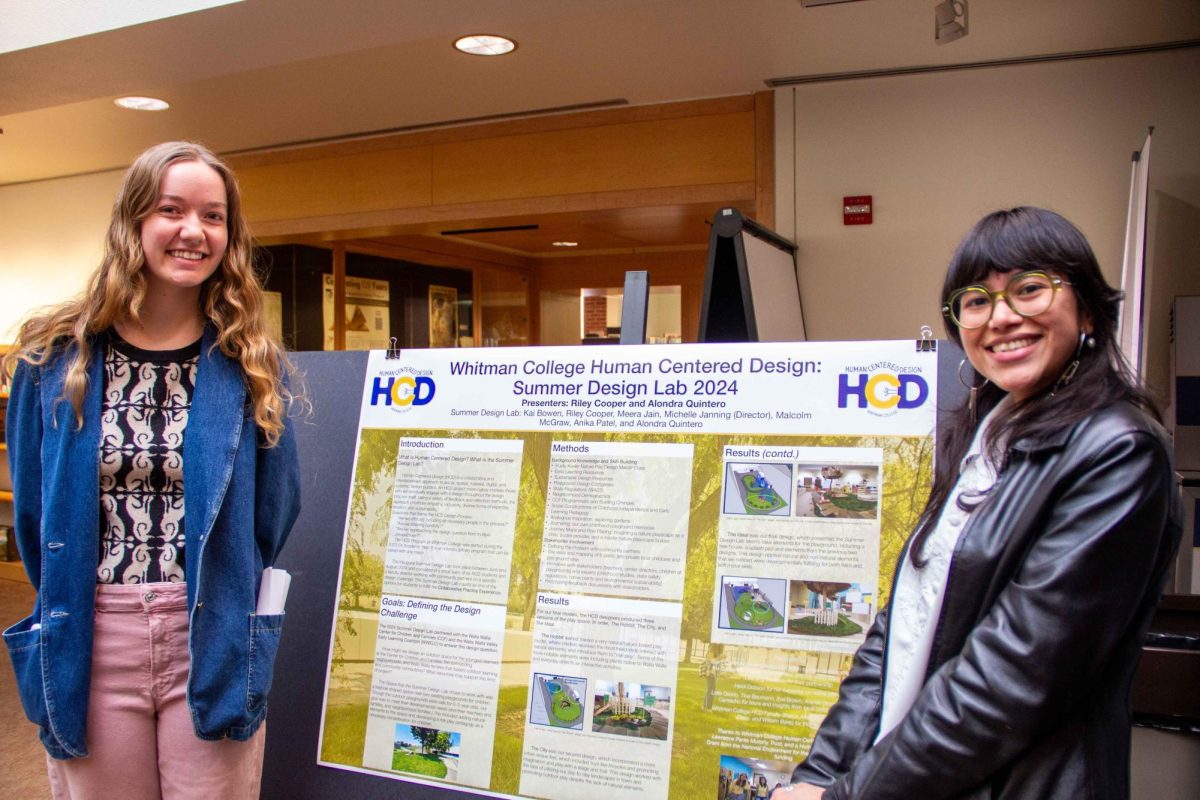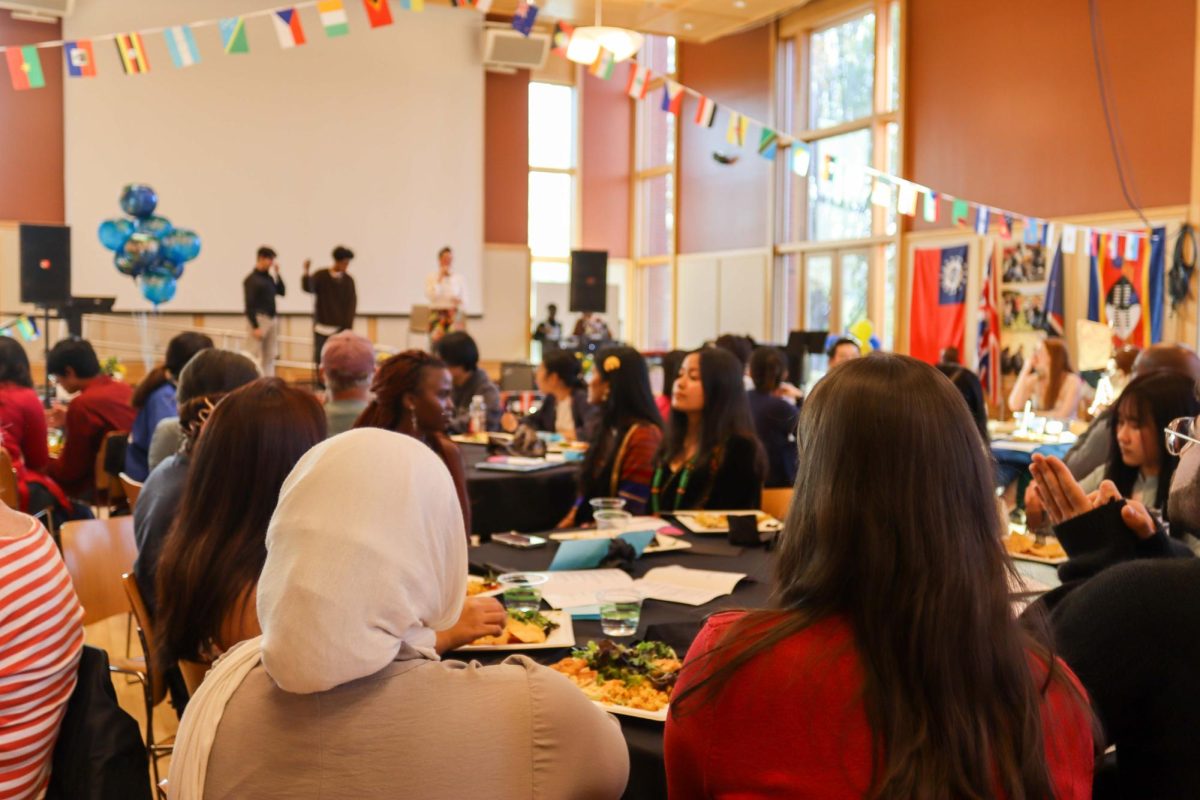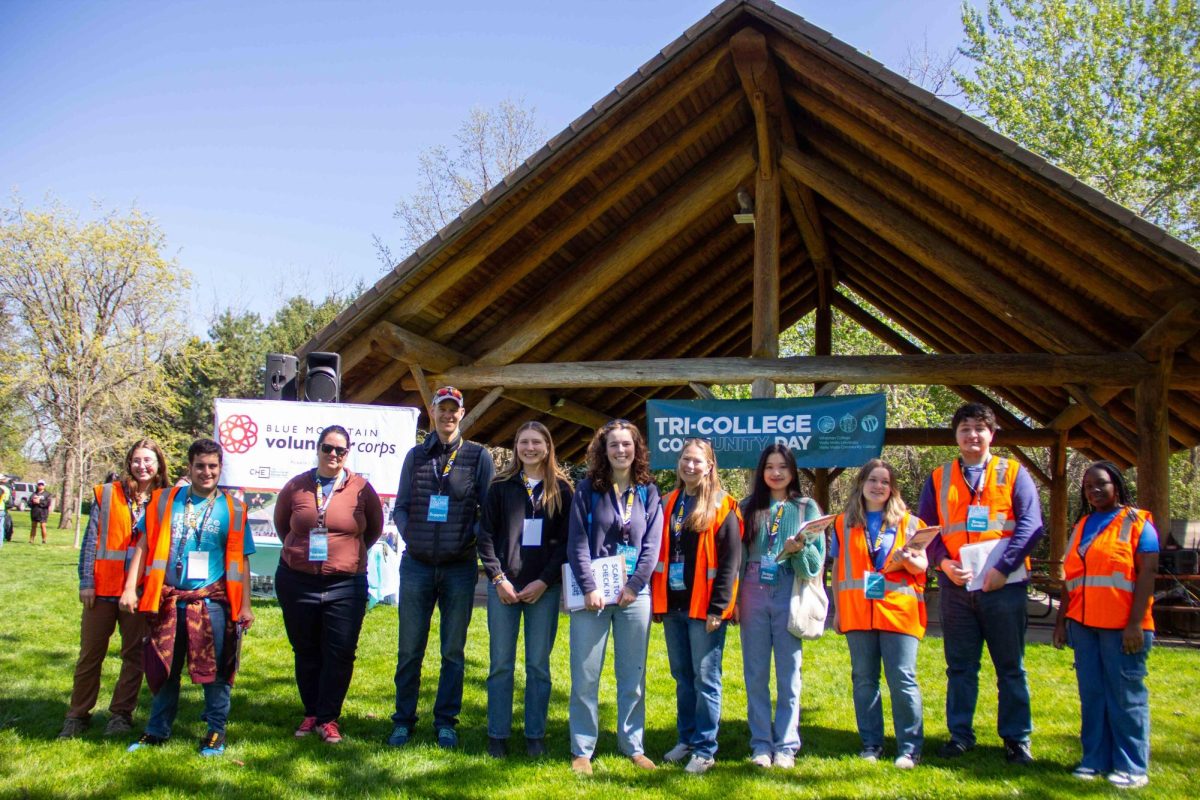May 3, Whitman will once again be home to the Pášxapa Powwow — an all-day event full of song, dance and celebration. Jeanine Gordon, Special Assistant to the President for Native American Outreach and an enrolled member of the Confederated Tribes of the Umatilla Indian Reservation (CTUIR), described Powwows’ historical origins and how they came to campus.
“Historically, the tribes… in the northwest spent a lot of time together, and so we would travel around the northwest to visit tribes [where] somebody in one tribe maybe, had married somebody in another tribe, so then you become family. We also traveled around the northwest to do trade for food or items or tools, those kinds of things,” Gordon said.
For Gordon, Powwows provided a way to create community ties despite displacement of tribes by the federal government.
“Tribal members were dispersed and found themselves separated. They found a way to keep their ties to their home communities by drumming and singing out in those areas. And then they would start gathering together so they could be together in community, and drum, sing and dance together. And so that’s kind of how the Powwow feeling got started, and so Powwows continue today for that reason,” Gordon said.
Dancing is one of the Powwow’s central activities and has long been a part of the tribal traditions of indigenous groups in the region. Althea Huesties-Wolf, Adjunct Professor at Whitman College and enrolled member of the CTUIR, spoke about some of the dances performed and their meanings.
“Girls group together for the swan dance and start the water, then they follow the beat up, up and up. Their wings will come out and in and out and in again, the dance is graceful,” Huesties-Wolf said. “The butterfly dance means many things. Girls will line up in age order with shawls or covering their faces. Then the beat will come in and they will step left, step right, then over their face and then dance with their wings out.”
Jeremy Wolf, Arena Director for the Powwow and enrolled member of the CTUIR, talked about how some of the dances started and the method for learning them. Regalia is central to dancing, and what people wear can be as important for Powwow judges as the dance itself. Clothing and dancing help produce the dance’s meaning, adding another stunning visual element to the performances.
“We earn our way to the dance floor, every piece we wear we earn and are gifted from our families, made or borrowed. We give and we receive. You do not just give and you just get, you give because of your love, your care and your community that is there for you. We dance for strength,” Wolf said.
Gordon is happy to see the Powwow return and sees it as part of a series of crucial changes Whitman has begun to make with their tribal relations. The Powwow began last year as part of a planning process between Gordon and other tribal representatives.
“The energy and the momentum since the Memorandum of Agreement has just opened it all up, and has broadened everybody’s excitement. I think eagerness to embrace that broader history and go back further in history and then celebrate it too [means] that we’re opening it up for the campus with us. So it’s really nice to feel the energy and the excitement and the support of the whole campus,” said Gordon.
The Powwow will occur May 3 and will return again next year. Participants will be surrounded by the energetic beats of drums, singing voices and the stomping of dancing feet.


